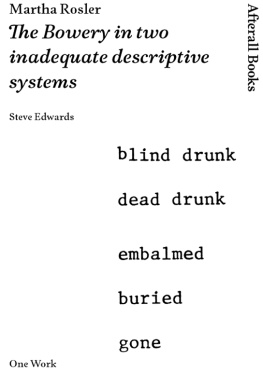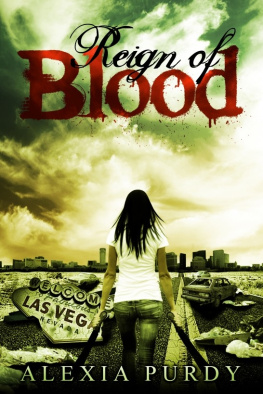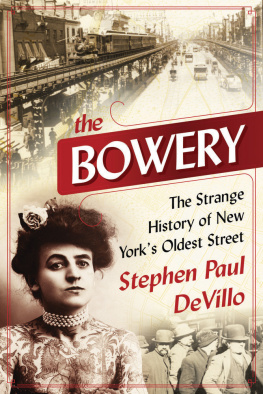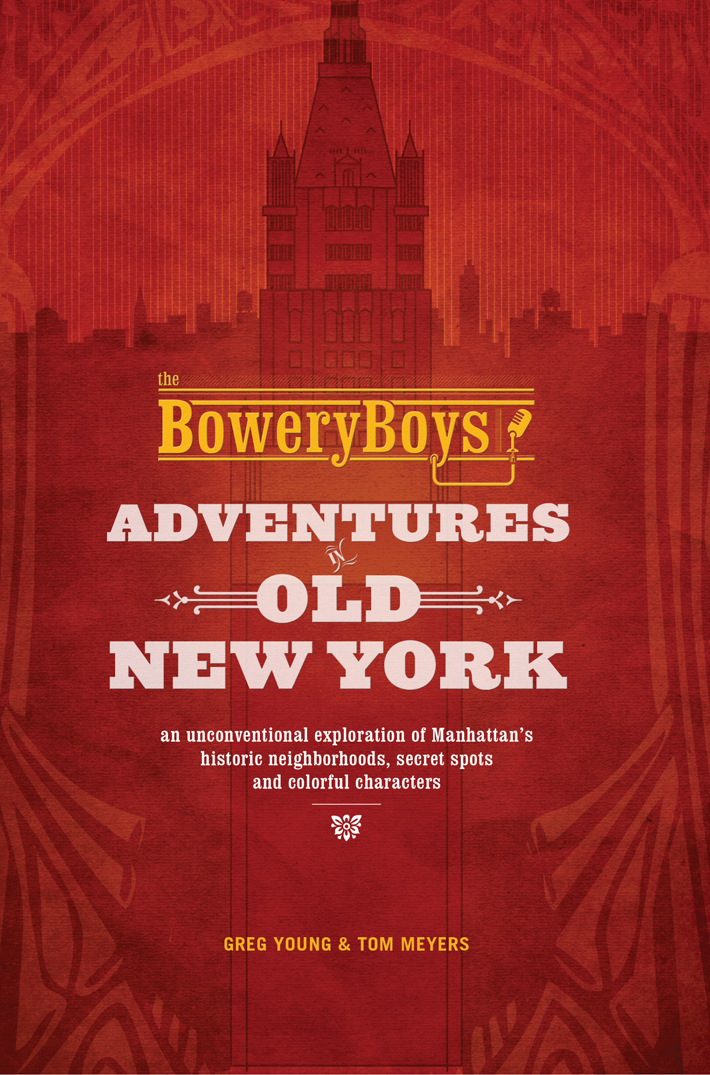
Text copyright 2016 Greg Young and Tom Meyers. Design and concept copyright 2016 Ulysses Press and its licensors. All rights reserved. Any unauthorized duplication in whole or in part or dissemination of this edition by any means (including but not limited to photocopying, electronic devices, digital versions, and the Internet) will be prosecuted to the fullest extent of the law.
Published in the United States by:
Ulysses Press
P.O. Box 3440
Berkeley, CA 94703
www.ulyssespress.com
ISBN: 978-1-61243-576-3
Acquisitions editor: Keith Riegert
Project editor: Casie Vogel
Managing editor: Claire Chun
Editor: Lauren Harrison
Proofreaders: Kathy Kaiser, Renee Rutledge, Caety Klingman
Indexer: Sayre Van Young
Front cover design: Thomas Cabus
Interior design and layout: what!design @ whatweb.com
The photographs in this book are sourced from the New York Public Library, Greg, Young, Library of Congress, Internet Archive Book Images, U.S. National Archives, British Library, Brooklyn Public Libary, U.S. National Library of Medicine, and Google Books. The photographs on the following pages are courtesy of the Museum of the City of New York: page 265 Wurts Bros./Empire State Building ca 1940; page 274 Wurts Bros./Chrysler Building from a roof in Tudor City ca. 1935; page 314 United States Office of War Information/Madison Square Garden exterior 1944.
This book is independently authored and published and is not sponsored or endorsed by, or affiliated in any way with, any other trademarked brands or products mentioned and/or pictured. All trademarks that appear in this book belong to their respective owners and are used here for informational purposes only. The authors and publisher encourage readers to patronize the quality brands and products mentioned in this book.
Dedicated to Carey Ballard and Elizabeth Meyers Hendrickson
Table of Contents
Guide
TABLE OF CONTENTS

The scene: Straus Square, specifically the top-floor apartment of a somewhat shabby tenement building on the squares northwest corner.
It was here on a rather hot evening in 2007 that Tom Meyers and I, good friends for many years, drank a bit of wine, opened up my new laptop, plugged in a karaoke microphone, and started recording a podcast on a whim.
That is obviously not the most remarkable thing about Straus Square.
Straus Square is an irregular plaza on the Lower East Side, formed by the collision of five streets at the southwest corner of Seward Park. The intersection they form is named for Nathan Straus (18481931), the German Jewish merchant king who launched Macys Department Store with his brother Isidor. When Isidor died on the Titanic in 1912, Nathan got in touch with his Jewish roots, handing over most of his fortune to the cause of creating a Jewish state.
Even that is not the most remarkable thing about Straus Square.

In the nineteenth century, Straus Square was referred to informally as Tweed Plaza, named for the most famously corrupt character in the citys historyWilliam Boss Tweed. Born down at 1 Cherry Street in 1823 to a Scottish chair maker, Tweed mastered the shady and labyrinthine world of New York politics and became a savior to the impoverished residents of the Lower East Side, all the while padding both his pockets and those of his cronies with robust kickbacks and bribes.
Thirty years earlier, Americas first presidential mansionthe home of George Washingtonwas at 1 Cherry Street. So you could say the neighborhood went a little downhill.
In 1870, on the eve of Tweeds downfall, supporters conspired to erect a statue on this very spot to honor their besieged hero. (They hoped to make something that would accentuate his marvelous girth so that future generations of birds would have ample room to nest.) The statue was never built, of course, and Tweed was soon locked up at the Ludlow Street Jail just three blocks north. But the name Tweed Plaza lingered around for decades, not unlike a whiff of one of Tweeds cigars.
The old New York City County Courthouse on Chambers Street, the most flagrant example of Tweeds excess, built upon a foundation of corruption and erected with absurdly lavish materials, is unofficially called the Tweed Courthouse, thus proving that if you can perform your crime boldly enough, youll at least be remembered.
On the southern side of Straus Square is the gentlemanly Forward Building, a slab of frosted architectural might, the headquarters (from 1912 to 1972) of the influential Jewish Daily Forward. Today its luxury condos, of course. Next door to the Forward is the still-festive 169 Bar with its colorful vintage sign. The tavern has served booze off and on since 1916 and was nicknamed the Bloody Bucket in the 1950s for reasons that, we fear, were probably quite literal.
Across the street, inside Seward Park (opened in 1903 and one of the first public playgrounds in America), sits the magnificent Seward Park Library, a vital educational outlet for an overcrowded immigrant neighborhood when it opened its doors in 1909, thanks to funding from Andrew Carnegie. It sits back in the park like an antique trophy, the most decorative structure in Nathans square.
Straus and Tweed and Carnegie and Jewish culture and hipster bars. I bring them up to illustrate what it takes to make a place: an overlapping cast of characters, many unknown to each other, striving to make the world greator maybe just to finish the day with a little change in their pocket. Pick a corner, and youll find a thousand people from history standing thereJewish newsies, seamstresses, tired cabbies, tourists, men with iPods.
That would be me in January 2006 when I was mugged in Straus Square for that very iPod.
Straus Square is remarkable because it has collected those stories and preserved themin architecture and street names, from manhole covers to rooftop water towers. History here is active and alive.
And it was here, in 2007, pretty much oblivious to many of those forces, that The Bowery Boys: New York City History podcast was born.
A podcast is a curious, intangible thing, a specialized take on a radio show and captured like a lightning bug in a jar. Given the endless length of digital airspace, independent podcasters have the power to change the world, to have their bite-size manifestos spread all over the planet, delivered instantaneously and more pervasively than a radio or television signal. But changing the world is hard work, so most of us choose a more modest scope of subjects for our podcasts, like discussing sports or knitting or episodes of The Walking Dead.
The podcast format was still very new in 2007only about 6,000 existed at the time. Today there are a great many podcasts, approximately a googolplex, approaching a near-infinite stream of people talking about things that interest them. Due to the relative ease of podcasting, Tom and I decided that tipsy June evening to add to the number of podcasts, determining quickly that ours should be something about New York City.
Although both of us were born outside ManhattanTom in northern Ohio, me in southwest Missouriwe had become very distinct products of New York by that time, shaped by its buildings and rattling subway cars.











